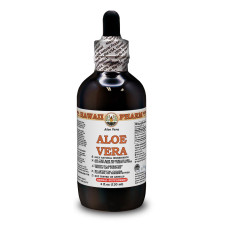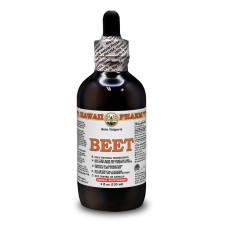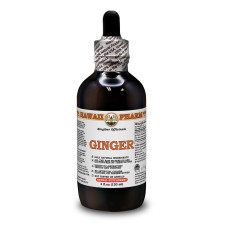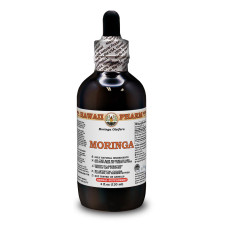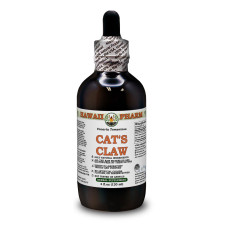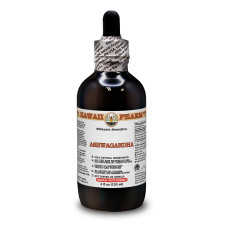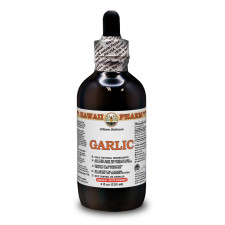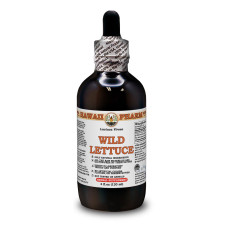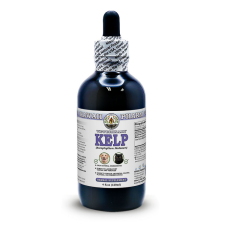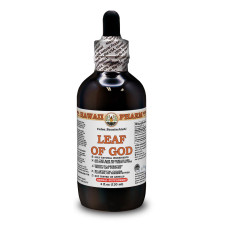
ALFALFA
Family: Fabaceae
Latin name: Medicago sativa
Other common names: lucerne
Alfalfa (Medicago sativa) is a perennial flowering herb in the Fabaceae family. It’s a very important forage crop all over the world. The stem is erect, glabrous or pubescent, the upper part can grow up to 90 cm in height. The rhizomes are thick and deep. The oval leaves are trifoliate. The small blue-purple flowers are collected in clusters, the flowering period lasts for almost all summer. The fruits are spiral twisted beans that ripen at the end of August - beginning of September. Alfalfa originates from Central Asia, grows wild in the Balkan region and Russia. It can be found on the banks of rivers, forest edges, in steppe areas and meadows. The plant was imported to Europe in the 5th century AD and was originally used to feed horses.
Nowadays the plant is cultivated mainly as food for livestock. Moreover, different countries of the world (India, Argentina, USA, Western Europe) use its crops to enrich the soil with nitrogen.
Alfalfa Chemical Composition
- isoflavones
- flavones
- saponins
- amino acids
- phytoestrogens
- minerals (calcium, iron, magnesium, zinc, phosphorus, copper, selenium, sodium, boron, potassium)
- vitamins A, B1, B2, B3, B5, B6, C, K
Alfalfa is also widely used in cosmetology thanks to its useful properties. It fights hair loss and accelerates its growth. Moreover, the plant eliminates redness and swellings of the skin, improves the complexion. You can make a simple alfalfa face mask: just mix alfalfa infusion with honey, apply the mixture to the skin for 15-20 minutes and then rinse your face with warm water.


